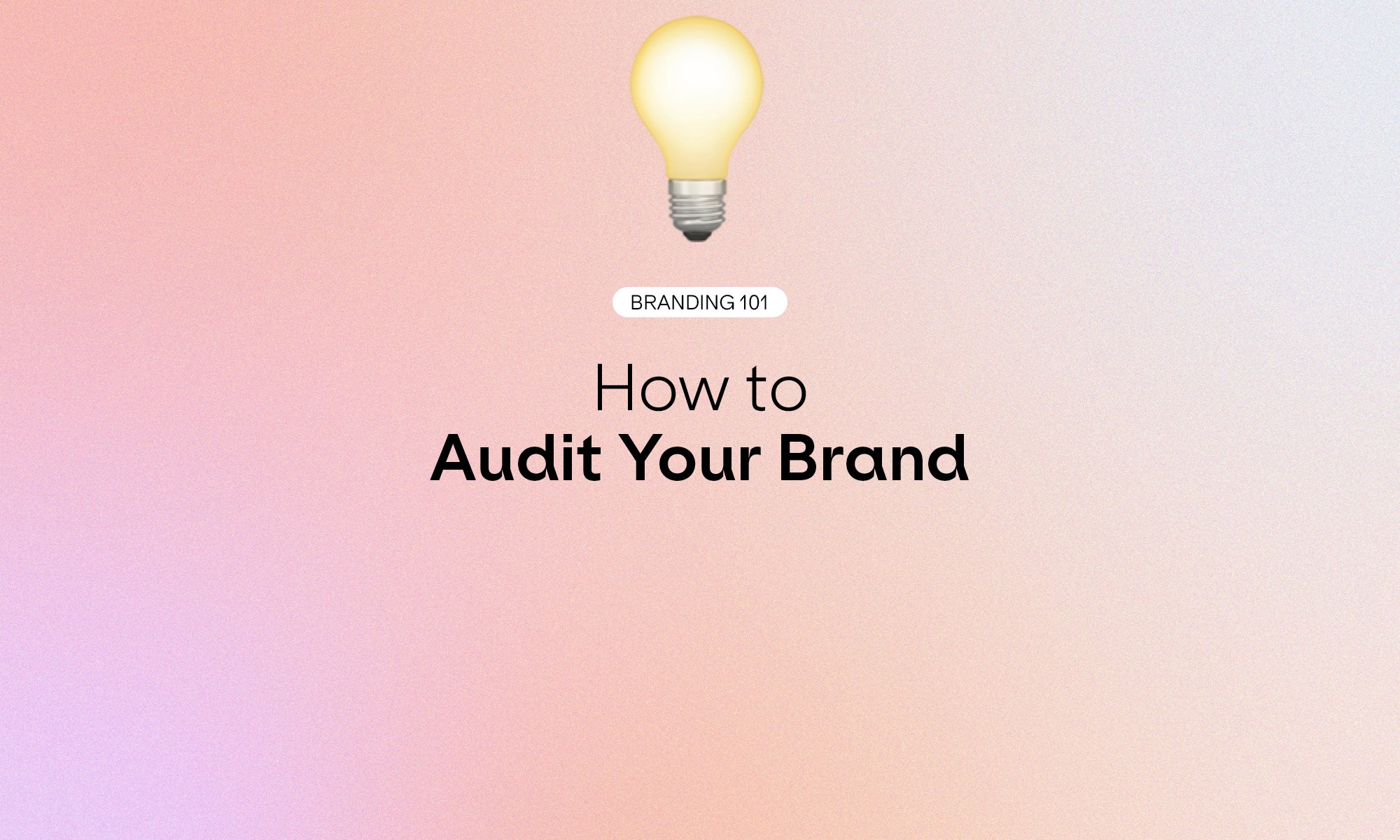
Branding 101
The Blueprint for Brand Growth: Mastering Brand Architecture
Imagine walking into a building where the rooms don't quite match—one is ultramodern, another bohemian, and then there's that one random disco-themed hallway. Confusing, right? That's what it feels like for your customers when your brand lacks structure.
Crafting a brand architecture isn't just for global giants. It's your business's roadmap, ensuring every new product or service aligns seamlessly with your overarching brand. So, grab a coffee and let's chat about organising your brand's house into a stunning, cohesive mansion.
What is Brand Architecture?
Think of brand architecture as the Marie Kondo of branding. It's about organising your offerings into a system that sparks joy—for you and your customers.
There are three main types:
Branded House: One strong brand supports all offerings (e.g., Apple).
House of Brands: Each product has its own unique identity (e.g., Procter & Gamble).
Hybrid Model: A mix of both, like Alphabet Inc. (Google's parent company).
Why Brand Architecture Matters
Let's get real—your brand risks becoming a messy garage sale without a clear structure. Here's why it matters:
For Your Customers
A cohesive structure simplifies choices. Customers who understand how your offerings fit together are more likely to trust you.
For Your Business
Efficient branding saves time, money, and headaches. Plus, it boosts your team's confidence—because, let's face it, there's nothing worse than unclear branding briefs.
Key Components of Effective Brand Architecture
1. Strategic Brand Portfolio
Think of this as your "who stays and who goes" moment. Evaluate which brands or products add value and which need a polite goodbye.
Case in Point: Coca-Cola. With a branded house approach, they streamlined their product portfolio to focus on core offerings, boosting efficiency and clarity.

2. Consistent Naming
Remember when Pepsi launched Crystal Pepsi in the 90s? The name sparked curiosity but lacked clarity. Keep your naming conventions consistent to avoid similar confusion.
3. Visual and Verbal Alignment
Your logos, colours, and messaging should play nice together. Even if you're juggling multiple brands, they should look like siblings, not strangers.
4. Case Studies: Brands That Got It Right
Unilever: A House of Brands
Each product—Dove, Hellmann's, and Vaseline—has its distinct identity while benefiting from Unilever's global reputation. It's a balancing act done brilliantly.

Apple: A Branded House
From the iPhone to the MacBook, Apple's products share a sleek, minimalist vibe, creating a seamless customer experience.

Google/Alphabet: Hybrid Innovation
Google's rebrand to Alphabet Inc. allowed the tech giant to diversify while maintaining clarity across its sprawling portfolio.

Steps to Create a Scalable Brand Architecture
1. Audit Your Current Branding
Pull out your metaphorical magnifying glass and examine your current setup. What's working? What's confusing?
Pro Tip: Run surveys or focus groups. Fresh eyes can reveal hidden inconsistencies.
2. Choose a Model
Match your structure to your goals:
Expanding into multiple markets? Consider a House of Brands.
Building on a strong reputation? A Branded House could be your ticket.
3. Create Clear Guidelines
Develop a playbook for everything—logos, tone, and even email signatures. It's not just about looking pretty; it's about building trust.
4. Test and Iterate
Launch your new structure in phases. Test it, tweak it, and don't be afraid to pivot. Growth is messy, and that's okay.
Overcoming Challenges in Brand Architecture
Balancing Unity and Individuality
Sub-brands need their own identities but shouldn't feel disconnected. Think of them as family members—unique but sharing the same values.
Securing Internal Buy-In
Change can be scary. Bring your team on board early, showing them the benefits of a streamlined brand.
Why Invest in Strong Brand Architecture?
For Your Customers
It's like walking into a well-organised store versus a chaotic bazaar. Customers love clarity, and clarity builds loyalty.
For Your Business
A scalable structure saves resources and sets the stage for sustainable growth. It also makes marketing much less stressful.
A Final Reflection: Your Brand, Beautifully Organised
Brand architecture is more than just strategy—it's a growth enabler. By thoughtfully organising your brand, you're not just tidying up; you're laying the foundation for long-term success.
Let's Build Your Brand Together
At BrandNew Creative, we specialise in brand architecture services that adapt to your evolving business needs. Ready to streamline your brand for growth? Let's talk!
Image source:
Coca Cola official website
Apple official website
Alphabet Inc. official website
Unilever official website




